Nothing shakes the fabric of the human soul quite like fear. Present within us from a young age, this primaeval emotion keeps the human race thriving.
According to psychologists, fear has played an important part in human evolution. Without it, there is no way we could have protected ourselves throughout the ages and made clear distinctions between safe and life-or-death situations.
The causes of fear can be countless – from the fear of being killed to the childish fear of a monster under the bed.
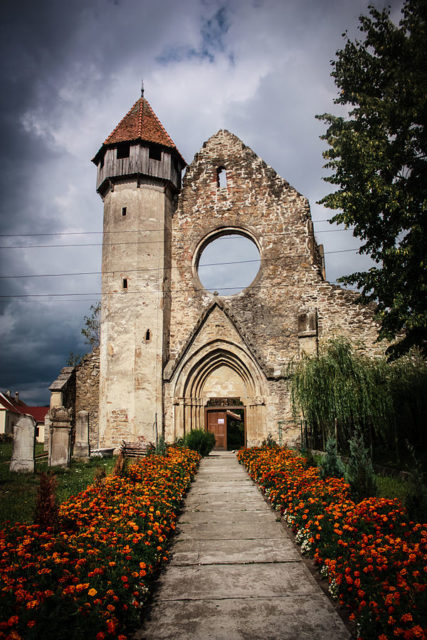
Corin Hardy, director of The Nun (2018), knew about this basic human emotion when he set out to create his blockbuster. The film is based around the death of a young nun, a priest who was set by the Vatican to investigate the matter, and a mythological creature bearing the name of “Valak.”
The original creature is presented as a child with the wings of an angel, who fearlessly rides a two-headed dragon. For the film, Hardy had a different idea and depicted the creature as a demonic nun.
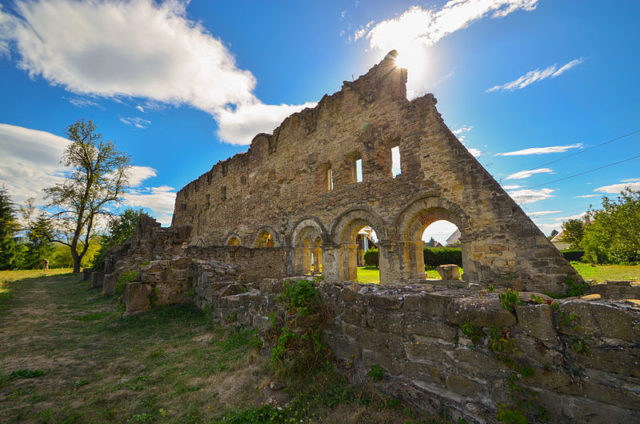
The end result was a film ready to scare the living daylights out of anyone who dared to watch it. Even Youtube banned the trailer for being too terrifying. The partially-abandoned Cârța Monastery was chosen as the prime filming location.
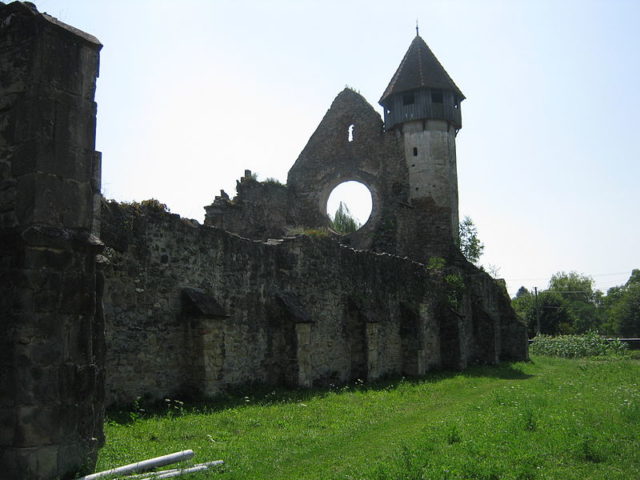
Situated 27 miles from the city of Sibiu in the south of Transylvania, Romania, on the banks of the river Olt, this Benedictine monastery was founded at the start of the 13th century, though the exact date is unknown.
The first stone was laid by the monks of Igriș Abbey, followers of the Cistercian Order whose roots can be traced all the way back to 1098. Shrouded in white robes, they spread their teachings far and wide and reached Transylvania in the 12th century.
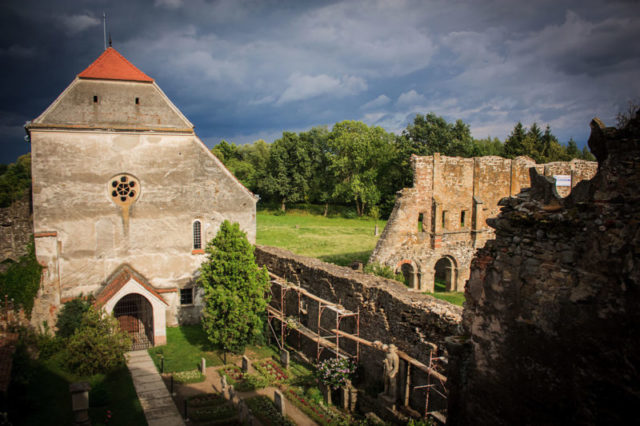
The initial buildings were erected using wood; the chapel, on the other hand, was constructed using stone. Day by day the monastery grew, and by the 1230s, a tall stone wall twisted around the whole complex.
The monastery remained in constant use until it was abandoned in 1494. Since then, it has remained empty: a ghostly shell that is still beautiful and charming. The stories of it being haunted attract thousands of tourists every year, and not without reason.
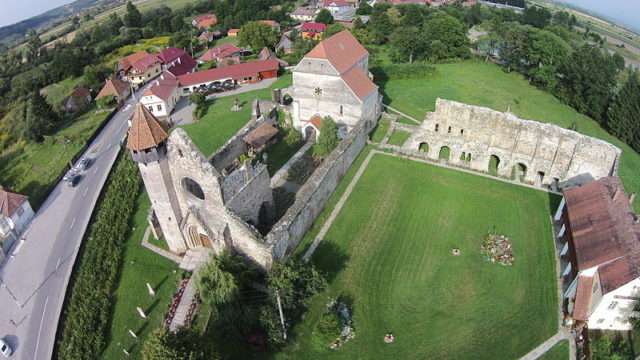
Restless ghosts of the medieval monks that once lived here are said to roam around the complex. Fasting all year round, at times eating nothing but beech leaves, life was tough for the monks. They had a short life expectancy of around 40 years.
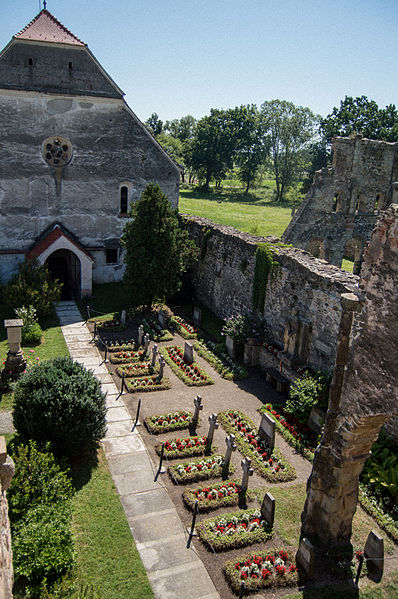
Their graves stand to this day. Another story about the place’s history is the discovery of the remains of two men during an archaeological survey.
They would have stood 6.5-feet-tall, leading researchers to believe that these individuals were brought to the abbey on purpose. During medieval times, people were in general much shorter and those that looked different would have been considered unnatural and sent away from public view.
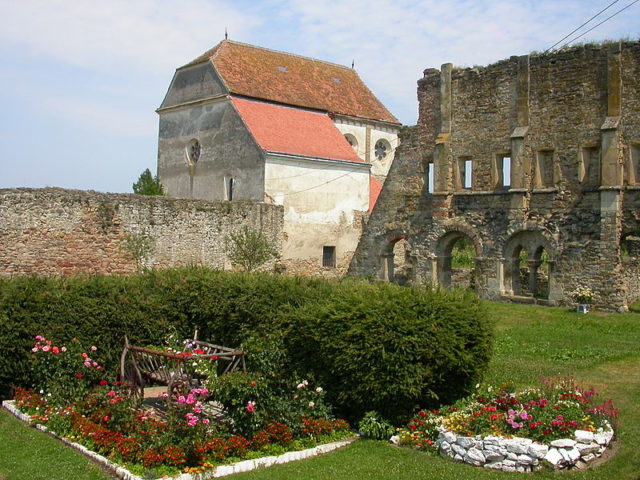
Today, the ruins attract visitors from all over the world. The ghost stories and sightings only help to keep this place very much alive, even in its death.
Cârța Monastery is considered to be one of the most haunted places in all of Romania.
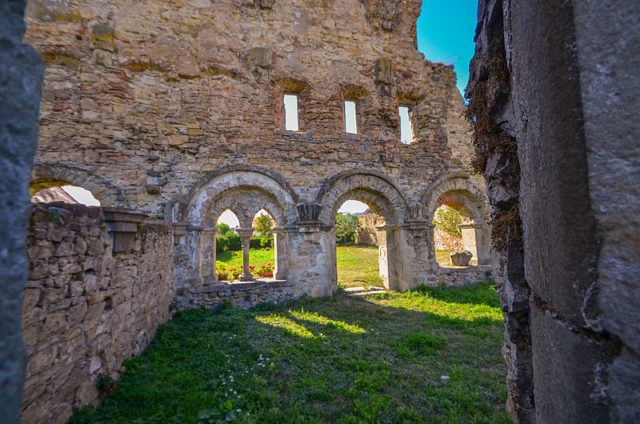
One of the most commonly-reported sightings is of ghostly monk-like figure all dressed in white robes roaming about the abandoned monastery and stubbornly refusing to leave this old ruin to the tranquillity of Transylvania. More paranormal activity is reported to happen in the cellar.
At times, the wall of the cellar is said to vibrate and produce sound for no particular reason. Objects are reported to have been seen levitating and even smashing against the walls, and chairs being dragged across the ancient floor.
Whoever – or whatever – this poltergeist might be, one thing is certain: fear can be found in all shapes and sizes within the walls of Cârța Monastery.
